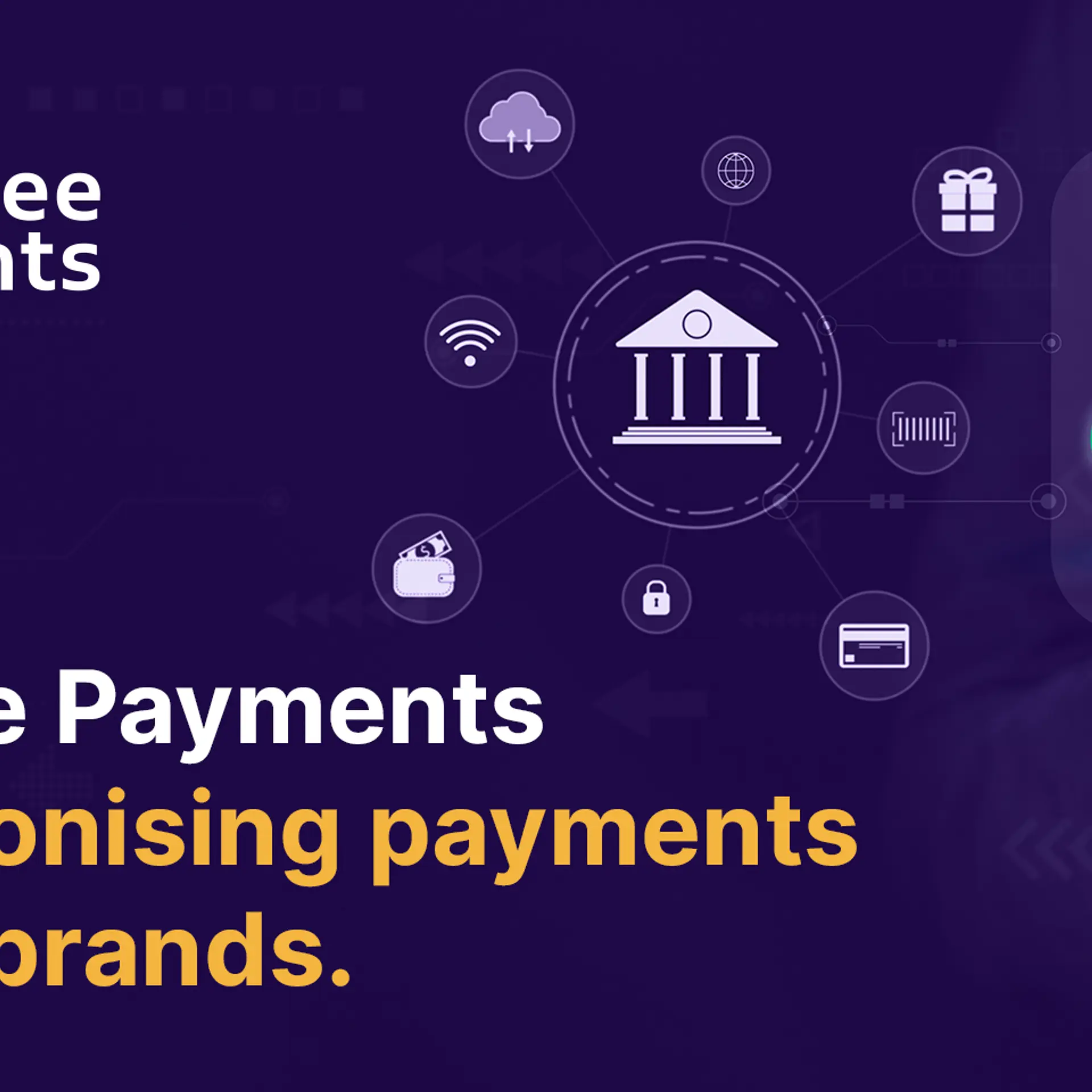How experience is the new currency to measure various types of engagement channels
Experience is a qualitative understanding of consumer engagement and while no algorithm today can accurately measure “experience”, we can still deploy parameters to understand it better.

When TikTok came to India and merged with musical.ly, data showed that a large part of audience was 35+, while the content wouldn’t justify this statement. It turned out that kids or young teenagers were using their parents’ phone to sing, dance, and create content.
If a marketer was to use this data for a campaign or a business decision, it would turn out to be quite a futile exercise.
Since the previous decade, brands and organisations have looked at their relationship with stakeholders from a largely quantitative lens. Marketers have used linear data sets to predict brand salience. Clicks, likes, views, shares, CTR – all these metrics are standard for every marketer to judge the success of the campaign from the brand’s point-of-view.
However, these matrices don’t tell the customer’s side of the story in a very interpretative way. Also, in the world of unending clutter, equating a like, comment, view, click with interest, curiosity or liking is unimaginative and counter-productive for today’s brands.
Here comes a metric that brands and organisations have started paying great attention to – experience.
Experience is a parameter which, even though subjective, helps us deep dive into understanding engagement. Furthermore, experience is important at every level such as:
- An online shopper swamped with endless options after a simple search.
- A customer buying or returning a product at a store.
- An employee collaborating with other functions of the organisation.
- A floor-staff learning the safety and security values of the company.
All such engagements, amongst others, can be made better when viewed from the eyes of experience. Experience is a qualitative understanding of consumer engagement and while no algorithm today can accurately measure “experience”, we can still deploy parameters to understand it better.
This may include curiosity, quality of conversation, satisfaction with response, willingness to engage, level of reactive engagement, sustenance, and more. Additionally, the number of repeat buyers, brand’s advocates, etc. can provide invaluable insights about experience.
E-commerce and online shopping have really made our lives easy, yet a lot of online brands – Amazon, Lenskart, Pepperfry, Caratlane are getting into offline experience because for a gamut of categories the experience of touch and feel can never be replaced by clicks, views and “try it on AR”.
For some brands, Online-to-Offline (O2O) is a better way to deliver great customer experience. I’m not sure if you feel the same way but I feel much happier and satisfied buying my shoes in a store than buying them online.
Customer Experience (CX) and User Experience (UX) are today a major part of building an overall brand experience but no algorithm, at present, can measure “experience” accurately.
That is where the artificial intelligence (AI) and human intervention debate assumes prominence, because humans, when enabled with the right technology, can analyse these parameters much better, at least given the present-day times, its constraints and opportunities.
Customer experience, in essence, can prove to be a winning stroke for brands and organisations. As per Adobe’s digital trends report 2020, the companies leading in customer experience are more successful than their peers. These companies are also three times more likely to have significantly exceeded their 2019 business goals.
Their progression toward customer-centricity has deep effects, pushing them to eliminate the structural, cultural and technological barriers that prevent most companies from effectively managing data and providing great experiences.
An experience is incomplete without ‘personalisation’
Personalisation might sound like another buzzword but in truth, it sits at the centre of experience. In a diverse country like India, where some marketers are still playing on a single language for a countrywide campaign, personalisation has an extremely crucial role to play. In most cases, deeper and wider the personalisation, better is the experience.
The feat would entail brands to not only adequately manage big data of consumer behaviour but also to serve a personalised and contextual user experience in real time.
To the same end, top and emerging brands would have to make it a priority to come up with in-depth and strong customer profiles. When this is matched with the combined power of hyper-localised content, digital community engagement, and instant e-gratification, brands will find it easier to boost the outreach and traverse through India’s diverse audience for a wholesome experience.
Key takeaway
Experience is neither a fool-proof metric nor can it directly lead to a sale but when combined with the power of data, it can help us deep dive and provide a more holistic understanding of consumer’s connection with the brand.
From a group of interested customers we can find – browsers, mildly interested, interested, very interested, and super interested customers.
From offline retail to an e-commerce website, from an event to a webinar – engagement channels can greatly benefit if they invest in understanding the metrics of experience, and in-turn create a ROE (return on experience) model for their business.
Edited by Javed Gaihlot
(Disclaimer: The views and opinions expressed in this article are those of the author and do not necessarily reflect the views of YourStory.)









